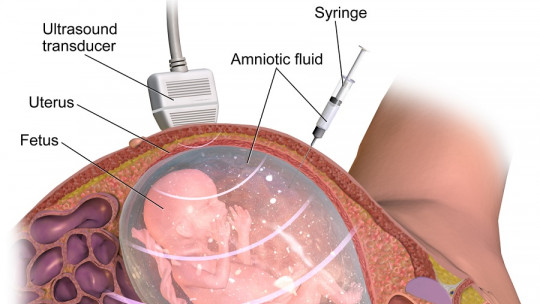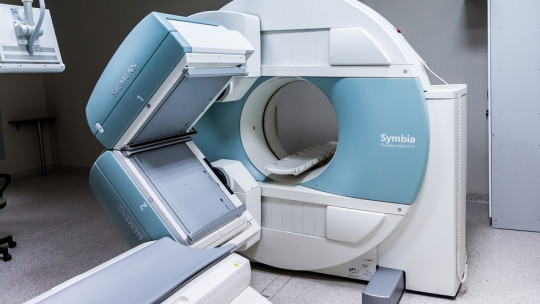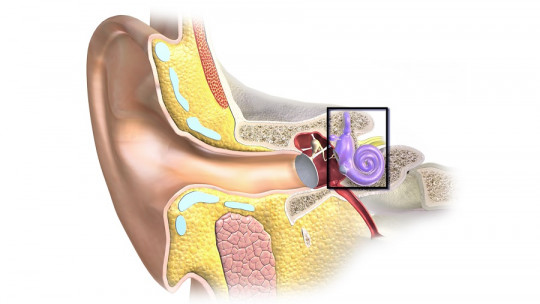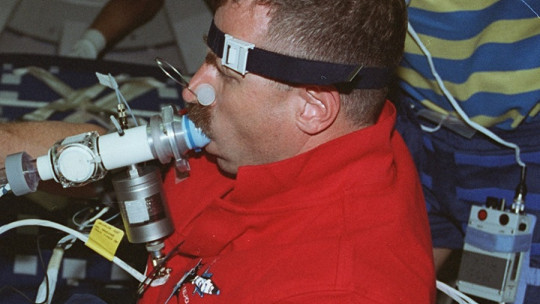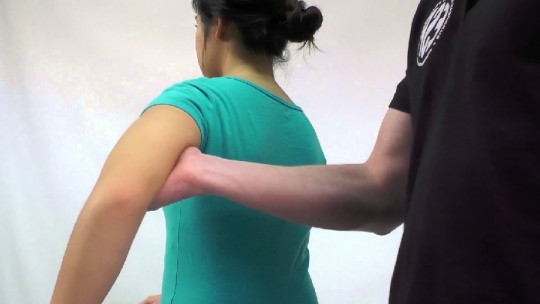If we hear the word colonoscopy, most of us know what we are talking about and we probably react with some anxiety or discomfort to the idea that it may be necessary to have one at some point in our lives.
Although it is usually considered unpleasant, it is a necessary procedure that allows us to diagnose and treat various pathologies. In this article we are going to see what a colonoscopy is, what it is for and how it is performed.
Colonoscopy as a medical procedure
Colonoscopy is a type of medical exploratory test or procedure in which, through the insertion of a colonoscope (a tube-shaped instrument with a microcamera at its end) it is possible to examine and evaluate the condition of the colon and large intestine of the patient. patient.
This is a type of objective examination that allows the recognition and evaluation of the state of part of the digestive system and especially the excretory, in which in addition to visualization through the camera it is possible to obtain data by performing biopsies. In some cases, colonoscopy is also performed therapeutically, since some instruments can be introduced through cavities in the colonoscope itself that can help, among other things, to suction or extract foreign bodies or to close small lesions.
Basic procedure
When performing a colonoscopy, first of all it is necessary that the part of the organism that is to be visualized is free of matter that could prevent the correct analysis of the organ. That is why elements such as laxatives or enemas are usually used beforehand to allow the client to evacuate and not have fecal material in the colon.
Once this is done, depending on the case, it may be advisable to administer an anesthetic or analgesic so that possible pain or discomfort in the patient is avoided. The doctor performs a rectal examination to check for obstructions and at the same time to dilate the anus. The device is then placed: the patient is laid on his side with his knees bent to introduce the device through the anus.
Air is then introduced into the area to be examined in order to facilitate the examination , and finally this is done. Depending on what is found, if there is something strange, the doctor may decide to take samples or take other actions.
Finally, the device is carefully removed, at which time observations can also be made. It is common that, since air has been introduced, some pain or gas appears that can even be expelled at the moment of removing the colonoscope.
Generally, the subject remains under observation for a few hours until the effects of the anesthesia have worn off.
Subtypes
The procedure that we have indicated above is the one that is most frequently used. However, we can find various subtypes of colonoscopy.
1. Conventional colonoscopy
The most used refers to the basic procedure described above: the colonoscope is introduced through the anus and rectum to take a tour and analyze the interior of the colon. In conventional colonoscopy, the entire colon is examined.
2. Flexible sigmoidoscopy or proctosigmoidoscopy
Like conventional colonoscopy, the colonoscope (in this case sigmoidoscope) is used to visualize only part of the colon, specifically its lower third or sigmoid. In this case, sedatives are not usually used.
3. Computerized Tomography Colonography or Virtual Colonoscopy
This aspect of colonoscopy is less bothersome and invasive. Contrast measures are administered previously. A colonoscope is introduced through the rectum but without the need to delve deeply into the body: only air is introduced to facilitate observation. The images will be taken using X-rays from the outside.
4. Colonoscopy with capsule
This type of alternative colonoscopy is one of the most recent modalities and is much less invasive than the previous ones. The patient must swallow a small capsule with built-in microcameras that will send images to sensors placed in the patient’s abdomen (although the patient will have previously performed a colon cleansing so that useful images are obtained). This does not require hospitalization or any sedation. Once the capsule has been excreted, the data obtained will be analyzed.
In what cases is it used and what can it detect?
Although it is uncomfortable, this test is of fundamental importance Currently it is one of the most effective ways to detect diseases such as colon cancer or polyps that can degenerate into it. This extraction is also usually performed through colonoscopy. It is frequently carried out in people over fifty years of age.
Another common reason for its use is the study of the causes of the appearance of blood in the process of defecation or simply bleeding from the rectum. It allows us to see its causes and detect diseases such as irritable bowel syndrome. In cases of persistent pain and sudden weight loss it is also recommended. Fissures, abscesses or blockages due to foreign bodies are also visible using this technique.
Colonoscopy, as we have said, does not only allow images to be taken. It is also possible to perform biopsies of suspicious contents for later analysis or even perform procedures such as cauterizations, sutures or excisions.
Risks
Although it is a very useful and necessary test, it can pose some risks Specifically, sometimes it can cause perforations in the colon or intestine, causing bleeding. However, this extreme only occurs in very rare cases.
The use of techniques such as virtual and capsule colonoscopy reduce these risks, although they may not be as effective. Other possible discomforts are the presence of abdominal pain and gas.


